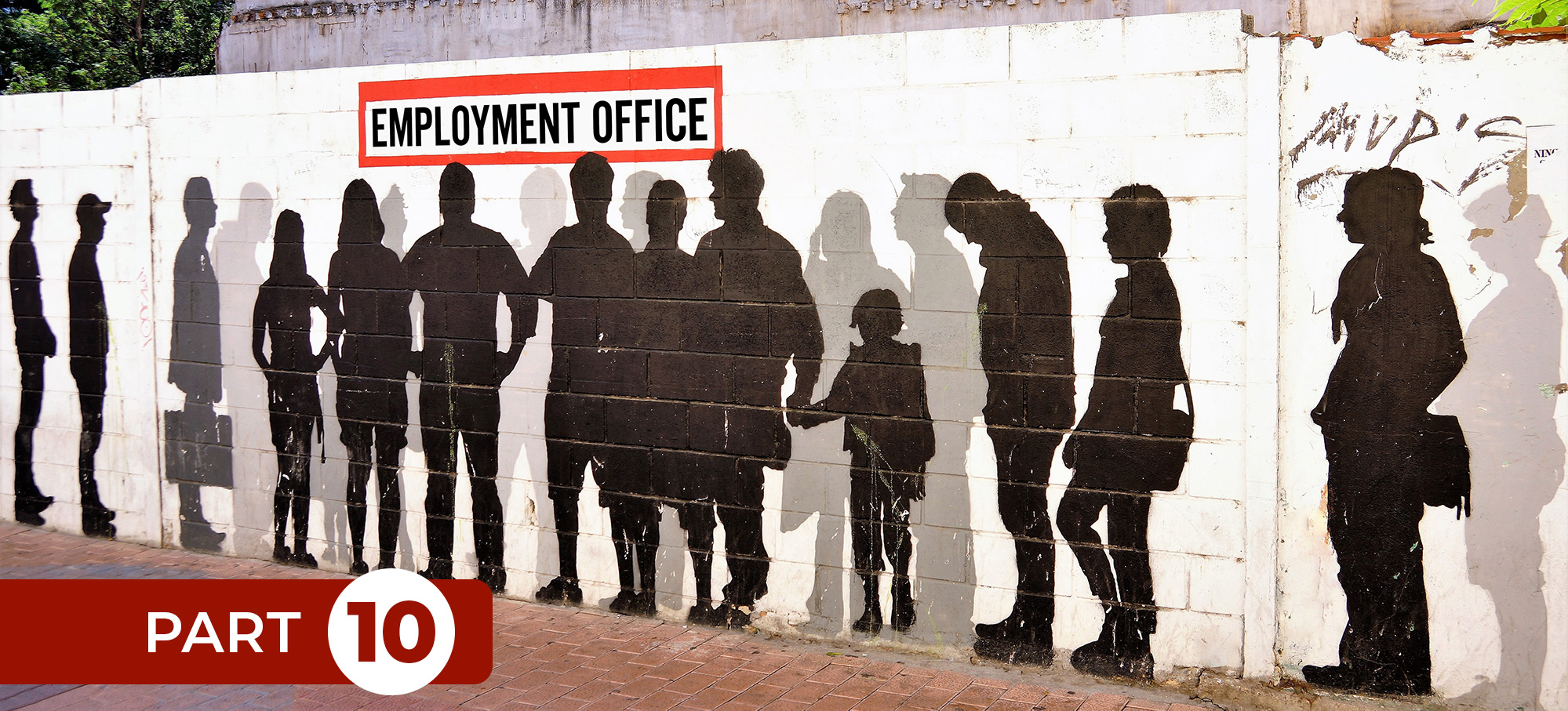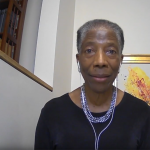This is the conclusion of the blog series Today’s White Niggers.
To start reading from the beginning, go to Part 1.
The demand for economic justice isn’t enough to unite America’s niggers for common cause. The broken, ravaged, and terrified parts of our souls must be healed. Spiritual practices can comfort and heal terrified souls.
Here’s a ten-second Love Beyond Belief™ spiritual exercise that might help you find the place of luminous darkness in your soul:
- Place the index finger of you right hand on the wrist of your left hand.
- Now focus all your attention on the sensations felt by your fingertip touching your wrist.
- Now focus all your attention on the sensations felt by the place on your wrist touched by your fingertip.
- Finally, focus all of your attention on the place where the two sets of sensations meet.
- Feel both sets of sensations disappear as you enter this space between them. You and the infinite universe are now one.
Here’s what you have located: no thing.
Your attention entered the place in between the two sets of sensations, which is also the place in between thoughts, and in between feelings. No thing is there in this place. Not your ego, not your ideas, not your feelings. You aren’t even there because now you are everywhere.
You have entered the hole in your soul: the access point to unbounded life. Now you are a sweep of creation; the pause between heartbeats, the silence between musical notes, the stillpoint between inhaling and exhaling. You are the universe quickening life anew.
Technically, this infinite expanse of the universe is not in you. You are in “it,” in this immeasurable space where one set of your experiences (sensations or emotions or thoughts) ends and the next set has not yet begun. You are now an actual occasion of experience, a lived-moment of life’s duration: your true self.
Take ten seconds to do the exercise and experience or at least get a glimmer of what I mean when I invite you to enter the luminous darkness of your soul.
Spiritual practices can comfort and heal terrified souls.
Remember, one does not have to believe in this state or even to have experienced it in order to explore what this series of posts affirms as an entry point for niggers of America to unite: cosmic consciousness.
William James, the Harvard psychologists who studied this state of consciousness in his classic 1904 book The Varieties of Religious Experience, entered this state of consciousness when he took nitrous oxide to experience first-hand something akin to the mystical experiences he studied. According to James, he saw opposites meet and watched the contradictions and conflicts that make human life so difficult reconcile and meld into a unity.[1]
Thomas Merton explored this cosmic state as a twentieth-century Catholic monk and mystic who called this kind of cosmic inner experience “full spiritual reality.” The search for one’s true identity, Merton said, is to be sought not in separation from all that is, “but in oneness (`convergence’?) with all that is.”[2] In short, in the cosmic interior.
John Cage drew on Buddhist teachings to make sense of this cosmic state: “without my engagement with Zen (attendance at lectures by Alan Watt and D. T. Suzuki, reading of literature) I doubt whether I would have done what I have done.”[3]
Today, when atheists and humanists talk about their personal spiritual experiences of “the uplifting of the human spirit” they do so without referring to “a god.”[4] Or when they affirm their prayer life as “the equivalent of a highly versatile, always reliable, perfectly legal, free, nonphysical addictive or intoxicating drug,”[5] they are talking about their personal experiences by redefining the religious term “prayer” in a nonreligious, spiritual way. They thus maintain the difference between what they feel (spiritual uplift) and what they think by not making religious claims. Or when 14% of America’s atheists now say they believe in God or a universal spirit,[6] their claim is self-contradictory because atheists by definition are not theists. So it is logically impossible, strictly speaking, for an atheist to be a theist. To handle this operative contradiction, these atheists try to remove the term “God” from its religious category by continuing to call themselves atheists.
The common ground of these spiritual-but-not-religious examples is the feeling of renewal by life itself. This feeling is the place that enables niggers in America to begin our social justice work together as a spiritual practice.
This feeling is the place that enables niggers in America to begin our social justice work together as a spiritual practice.
Martin Luther King, Jr. called this kind of work revolutionary because it “lifts neighborly concerns beyond one’s tribe, race, class and nation [to create] an all-embracing and unconditional love for all.” This kind of love, Dr. King affirmed, unlocks the door [that] leads to ultimate reality because it re-orders our heads and our hearts.”[7] This work is unconditional love: love beyond belief.
Three things to keep in mind when creating spiritual work in a community setting:
- Music. Music and singing should make up at least 50 percent of a community service. The music should be orchestrated so that there are movements, each having its own theme and pace. The musical arc of the service is created so that by the end of the service persons feel uplifted.
- The Spoken Word: Narratives, poetry and more, that support and affirm personal and communal experiences of transformed hearts. The wisdom traditions of humanity can be used to affirm experiences of love beyond belief as a spiritual experience and a moral value system.
- The Music and spoken words should be woven together so that the movement from one to the other is seamless.
Niggers of all colors can indeed unite. Not just as a new multiracial social justice movement, but also as a spiritual practice in spiritual congregations. And when these congregations network together, millions strong, we will be the heartland of America transformed.
[1] James, Varieties, 308.
[2] Thomas Merton, Mystics and Zen Masters (New York: Noonday Press, 1967), 17-18.
[3] Cage, Silence, xi.
[4] Greg M. Epstein, Good Without God: What a Billion Nonreligious People Do Believe.
[5] Ibid.
[6] “5 Facts About Atheists,” by Michael Lipka, Pew Research Center, http://www.pewresearch.org/fact-tank/2013/10/23/5-facts-about-atheists/.
[7] Martin Luther King Jr., Where Do We Go From Here: Chaos or Community? (Boston: Beacon Press, 1968), 190-191.










Post a comment